43 understanding nutritional facts on labels
Understanding a Nutritional Facts label for new Product Development The nutritional information label also provides a column of values called per cent % Daily Value (% DV). It denotes how much of a nutrient is present in one serving of food which needs to be consumed one day. This value is based on an average daily diet of 2000 calories. Food Labels 101: Understanding the Nutrition Facts Label A sodium level of 140 mg or less on the nutrition facts label is considered low sodium. This is an essential number to look for when reading the label. Total Carbohydrates - Fiber and Sugar Foods high in fiber can be beneficial to a healthy diet, as fiber helps manage blood sugar levels and can lower cholesterol.
Understanding Food Nutrition Labels - American Heart Association When the Nutrition Facts label says a food contains "0 g" of trans fat, but includes "partially hydrogenated oil" in the ingredient list, it means the food contains some trans fat, but less than 0.5 grams per serving. So, if you eat more than one serving, you could end up eating too much trans fat.
Understanding nutritional facts on labels
How to Read Nutrition Facts Labels the Right Way - GoodRx Nutrition Facts labels are required to list the total fat, saturated fat, and trans fats on packaged food products. It's important to choose foods with the right kinds of fats. Here are the differences between the fats you'll see on the label. Bad fats Saturated and trans fats are the less healthy types of fats. Making the Most of the Nutrition Facts Label Infographic Eat foods with nutrients your body needs like calcium, dietary fiber, iron, potassium, and Vitamin D. % Daily Value. The % Daily Value (DV) tells you the percentage of each nutrient in a single serving in terms of the daily recommended amount. To consume less of a nutrient (such as saturated fat or sodium), choose foods with a lower % DV (5% or ... Understanding Nutrition Labels and Nutrition Facts The Nutrition Facts label is a tool that consumers can use to help make food choices that are best for their individual health. However, it can be a bit confusing, especially when it comes to added sugars in foods until the new FDA-required nutrition facts labels fully go into effect. Serving Size Percent Daily Value (%DV) Sugar
Understanding nutritional facts on labels. Understanding Food Nutrition Labels | American Heart Association CPR ... Learning how to read and understand food labels can help you make healthier choices. Here are some tips from the American Heart Association for making the most of the information on the Nutrition Facts label. ... Remember that the information shown in the label is based on a diet of 2,000 calories a day. You may need less or more than 2,000 ... Understanding the Nutrition Facts Label - Know Diabetes by Heart No label! You can look up the nutrition information via Google or a food application and determine it has about 20 grams of carbs. Adding the two together equals 57. Now let's say your insulin to carb ratio is 15. You would divide 57 by 15 to get 3.8 units (rounding to 4 units of insulin for that meal). Nutrients The Basics of the Nutrition Facts Label The following is a quick guide to reading the Nutrition Facts label. Step 1: Start with the Serving Size Look here for both the serving size (the amount people typically eat at one time) and the number of servings in the package. Compare your portion size (the amount you actually eat) to the serving size listed on the panel. Understanding Food Labels | The Nutrition Source | Harvard T.H. Chan ... The Nutrition Facts Label The Nutrition Facts label is overseen by the U.S. Food and Drug Administration (FDA) and was first mandated under the Nutrition Labeling and Education Act of 1990 to help consumers make quick, informed food choices. It has undergone revisions, with the latest update released in 2016.
Get the Facts! Steps to Reading and Understanding Nutrition Facts Labels Check out the % Daily Value. Food labels list percentages of the recommended daily intakes of several nutrients. The numbers are based on a 2,000-calorie diet and are used for adults who are 18 years or older. If you consume more or less than 2,000 calories per day, you still can use % Daily Values as a reference. The New Nutrition Facts Label | FDA Visit the Interactive Nutrition Facts Label to explore the label, from top to bottom. This tool provides a detailed look at all the information listed on the Nutrition Facts label, helpful tips for... How To Read Food and Beverage Labels - National Institute on Aging At the top of the Nutrition Facts label, you will find the total number of servings in the container and the food or beverage's serving size. The serving size on the label is based on the amount of food that people may typically eat at one time and is not a recommendation of how much to eat. Read more about serving and portion sizes. Food Labels | CDC If you eat the whole thing, you are eating 8 times the amount of calories, carbs, fat, etc., shown on the label. Total Carbohydrate shows you types of carbs in the food, including sugar and fiber. Choose foods with more fiber, vitamins, and minerals. Choose foods with lower calories, saturated fat, sodium, and added sugars. Avoid trans fat.
Food Labeling 101: Understanding the Nutrition Facts Label Front-of-pack nutrition labels prompt buying, more GMO-free products contain labels, and organic-product recalls have increased. Nutrition 101 for Parents and Kids Understanding Food Nutrition Labels | American Heart Association Learning how to read and understand food labels can help you make healthier choices. Here are some tips from the American Heart Association for making the most of the information on the Nutrition Facts label. ... Remember that the information shown in the label is based on a diet of 2,000 calories a day. You may need less or more than 2,000 ... How to Read Nutrition Facts Label - Food Network The American Heart Association recommends no more than 100 calories from added sugar per day (about 6 teaspoons or 24 grams of sugar) for most women and no more than 150 calories per day (about 9 ... How to understand food nutrition labels | by Alpha Medical Team | Alpha ... The FDA says a food that has 5% daily value or less of a particular nutrient is considered low in that nutrient. One with 20% or more is high. One thing to note about daily values is that the ...
Understanding and Using the Nutrition Facts Label Understanding and Using the Nutrition Facts Label The Nutrition Facts label found on packaged foods and beverages is your ... high in calories, saturated fat, added sugars, and/or Choose fresh ...
How to Understand and Use the Nutrition Facts Label | FDA Dietary fiber, vitamin D, calcium, iron ad potassium are nutrients on the label that Americans generally do not get the recommended amount of. They are identified as nutrients to get more of....
Learn How the Nutrition Facts Label Can Help You Improve Your Health Nutrients Required on Label Vitamin D and potassium values are required. Calcium and iron will continue to be required. Vitamins A and C will no longer be required but can be included on a voluntary basis. Slight Decrease in Sodium Allowance The daily limit for sodium decreased slightly from 2,400 mg per day to 2,300 mg per day.
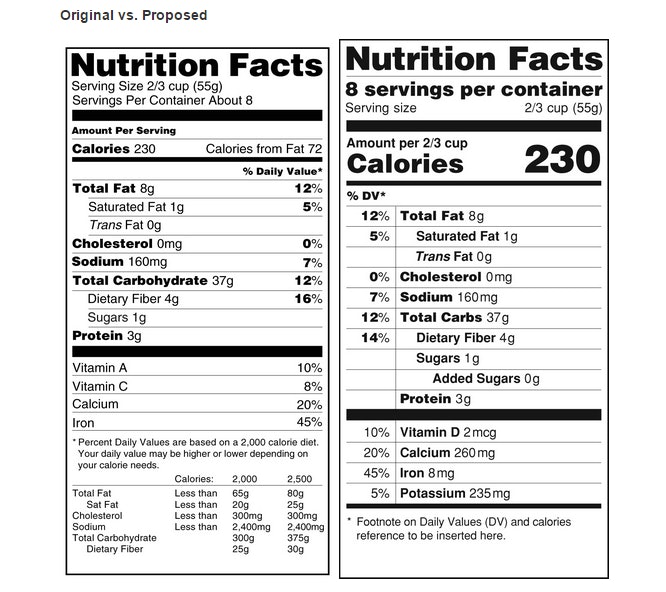
FDA Revises Proposed Nutrition Facts Label To Include Daily Value For Added Sugars | Food Logistics
Understanding and Using the Nutrition Facts Label The Nutrition Facts label can help you learn about, compare, and monitor the nutrients in many foods in your family's diet. 4 % Daily Value (%DV) shows how much of a nutrient in a serving of the...
Understanding Ingredients on Food Labels - Professional Heart Daily Understanding Ingredients on Food Labels. Food labels are an important source of information about calories and the nutritional value of the foods you eat, a crucial tool in building a heart-healthy diet. The Nutrition Facts information is always displayed in the same orderly fashion and helps you understand how much of certain nutrients that ...
20 Tips for Understanding Nutrition Labels | Eat This Not That Keep it Short. Shutterstock. We're talking about ingredients! Keeping the length of an ingredient list to as short as possible will usually make it less likely that you're eating nasty additives. Again, this tip is just a general guide, as some snack bars or nut mixes will contain many good-for-you ingredients. 5.
Help patients understand Nutrition Facts labels to eat smarter This video provides a general overview of the four key sections of the Nutrition Facts label: servings, calories, percent Daily Value and nutrients. The video offers practical guidance for patients on how to use the Nutrition Facts label to compare packaged foods and beverages and make informed dietary choices.
Understanding Food Nutrition Labels | American Heart Association When the Nutrition Facts label says a food contains "0 g" of trans fat, but includes "partially hydrogenated oil" in the ingredient list, it means the food contains some trans fat, but less than 0.5 grams per serving. So, if you eat more than one serving, you could end up eating too much trans fat.
Food labels 101: Understanding the nutrition facts panel Food labels 101: Understanding the nutrition facts panel. Christy Rivette, Michigan State University Extension - April 28, 2013. Use some simple guidelines and strategies for reading the information on the nutrition facts panel to make wise food choices. Most people do not want to spend more time in the grocery store than is necessary.
Nutrition Facts: How to Read Nutrition Labels - Greatist Common nutrition terms to know. The Food and Drug Administration (FDA) regulates terms used on food labels. Here are some to look for: Calorie-free: Less than 5 calories per serving. Low calorie ...
PDF How Do I Understand the "Nutrition Facts" Label? your total calories. For a person who needs 2,000 calories a day, this is 120 calories or less, or about 13 grams of saturated fat. Most foods in the grocery store have a Nutrition Facts label and ingredient list. When you go grocery shopping, take time to read the Nutrition Facts labels on the foods you purchase. Compare the nutrients and
Understanding Nutrition Labels and Nutrition Facts The Nutrition Facts label is a tool that consumers can use to help make food choices that are best for their individual health. However, it can be a bit confusing, especially when it comes to added sugars in foods until the new FDA-required nutrition facts labels fully go into effect. Serving Size Percent Daily Value (%DV) Sugar
Making the Most of the Nutrition Facts Label Infographic Eat foods with nutrients your body needs like calcium, dietary fiber, iron, potassium, and Vitamin D. % Daily Value. The % Daily Value (DV) tells you the percentage of each nutrient in a single serving in terms of the daily recommended amount. To consume less of a nutrient (such as saturated fat or sodium), choose foods with a lower % DV (5% or ...
How to Read Nutrition Facts Labels the Right Way - GoodRx Nutrition Facts labels are required to list the total fat, saturated fat, and trans fats on packaged food products. It's important to choose foods with the right kinds of fats. Here are the differences between the fats you'll see on the label. Bad fats Saturated and trans fats are the less healthy types of fats.
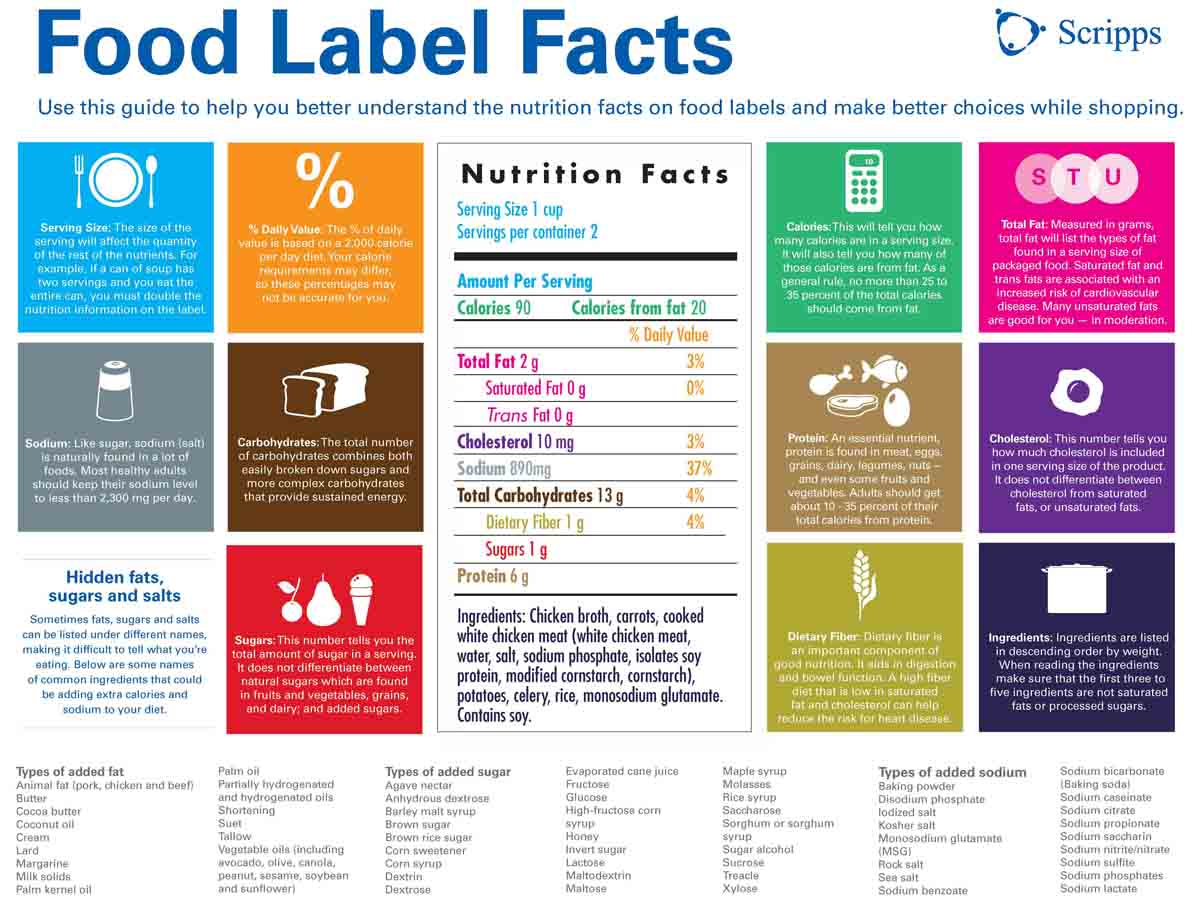
/__opt__aboutcom__coeus__resources__content_migration__treehugger__images__2020__02__nutrition-facts-label-a5646178f91f4bb989c6b44252167296.jpg)


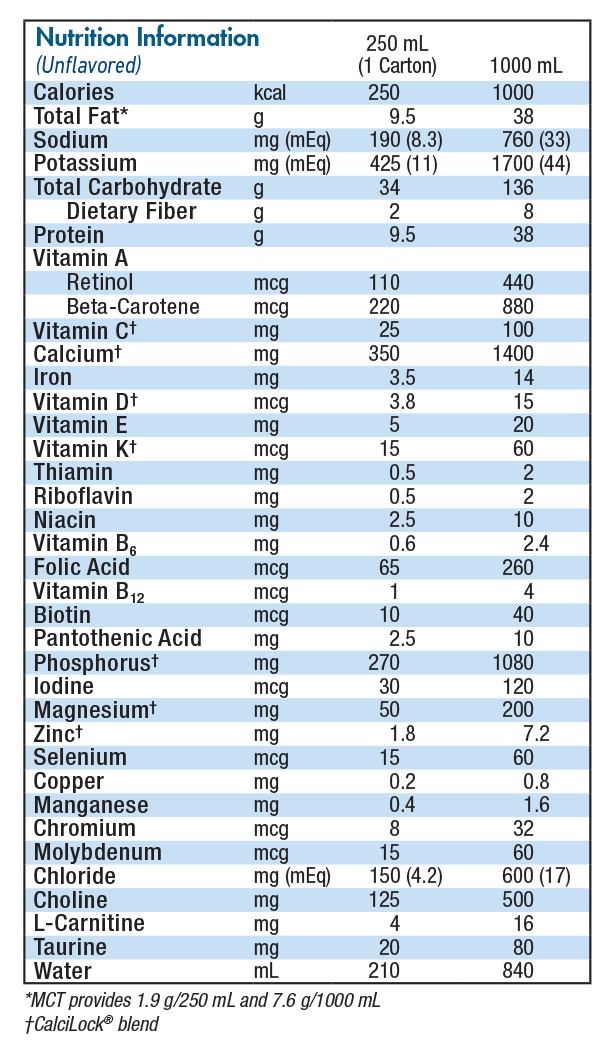

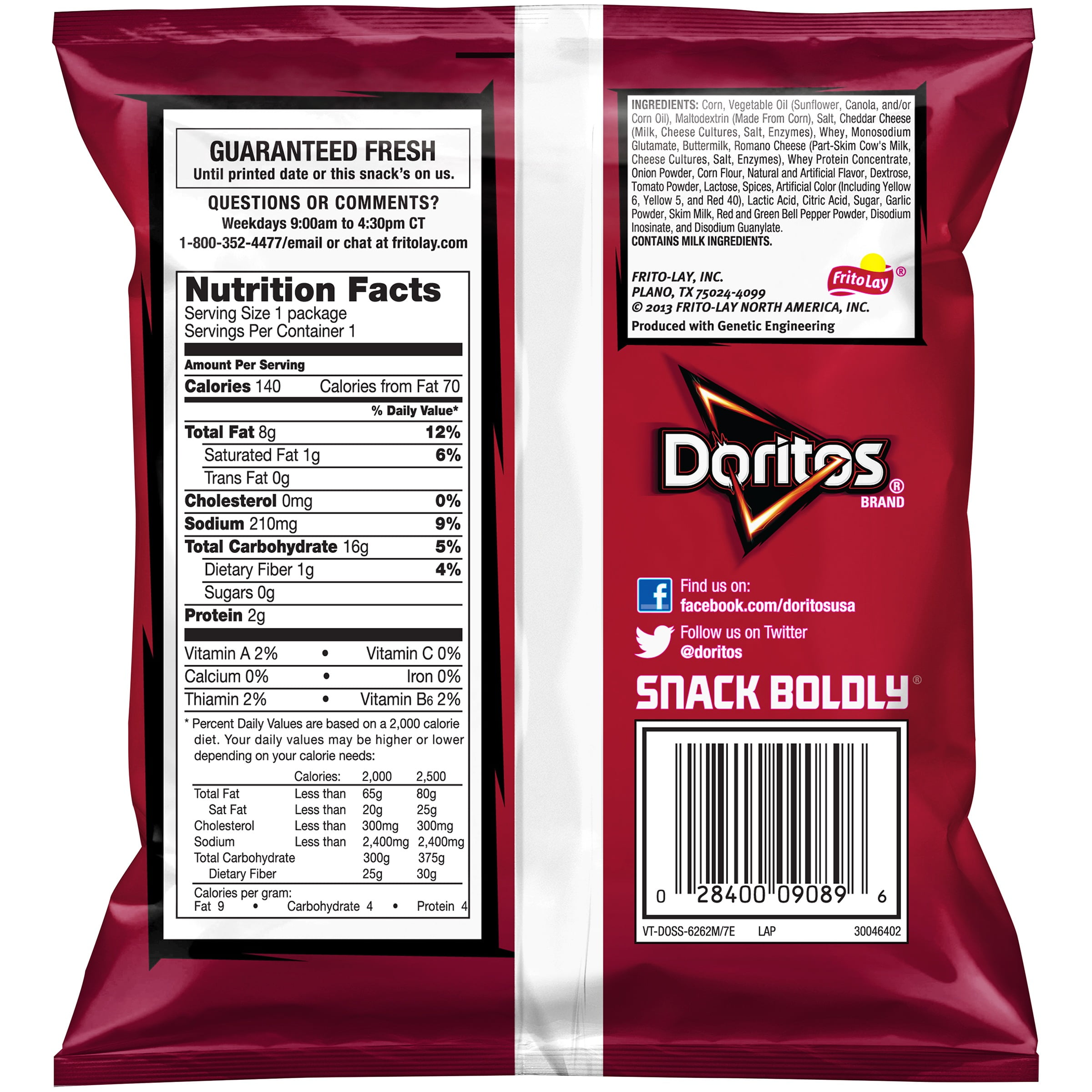

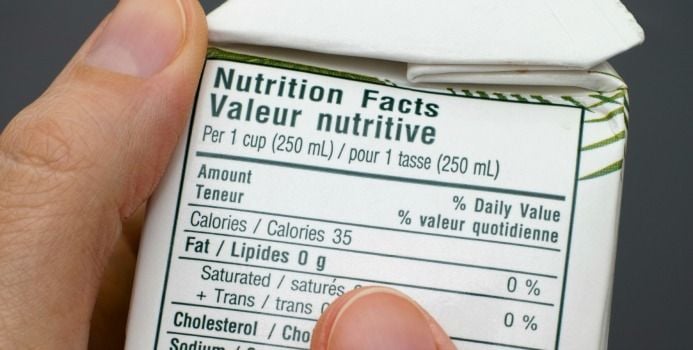
Post a Comment for "43 understanding nutritional facts on labels"